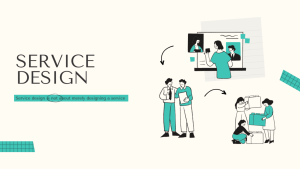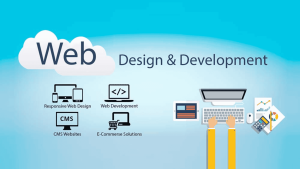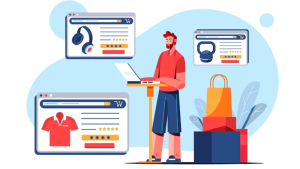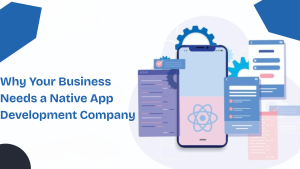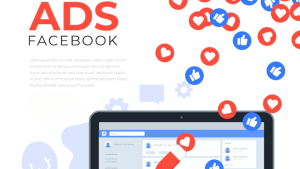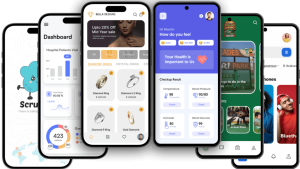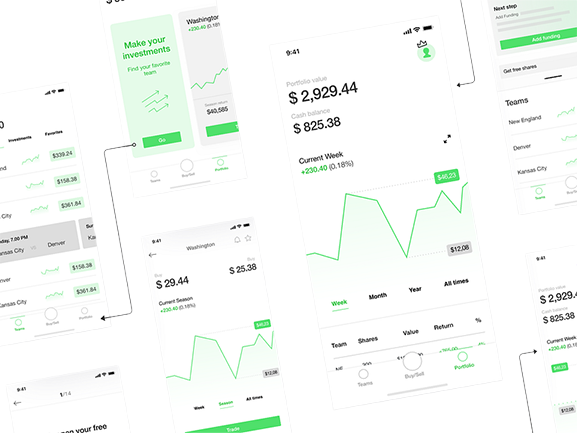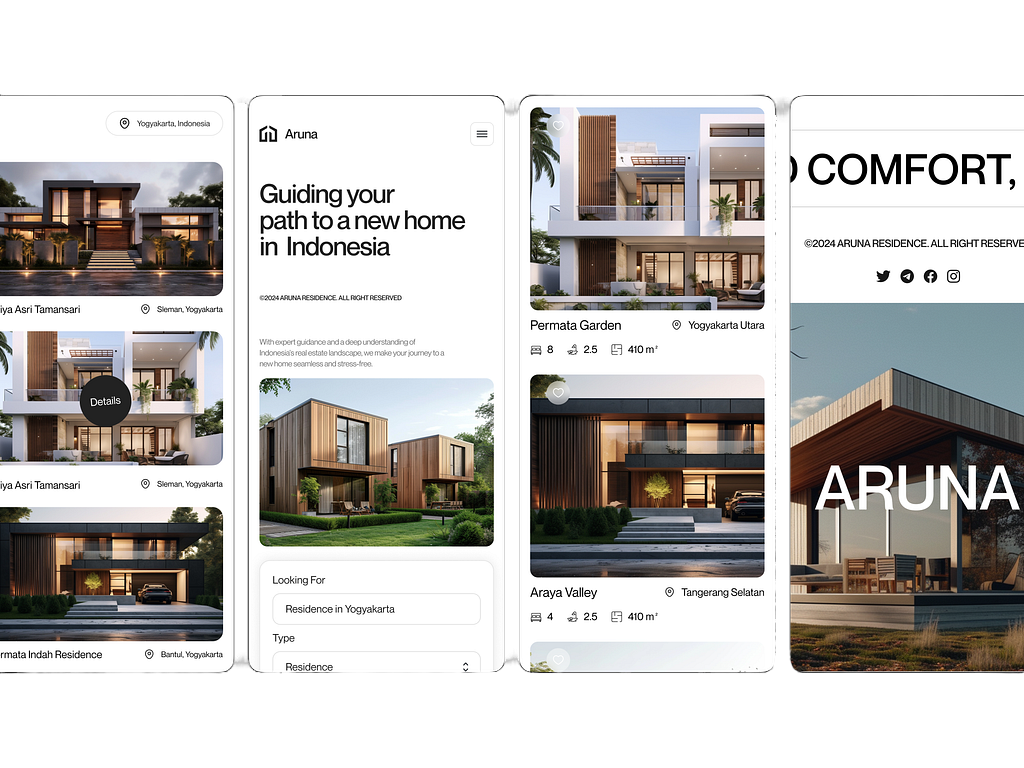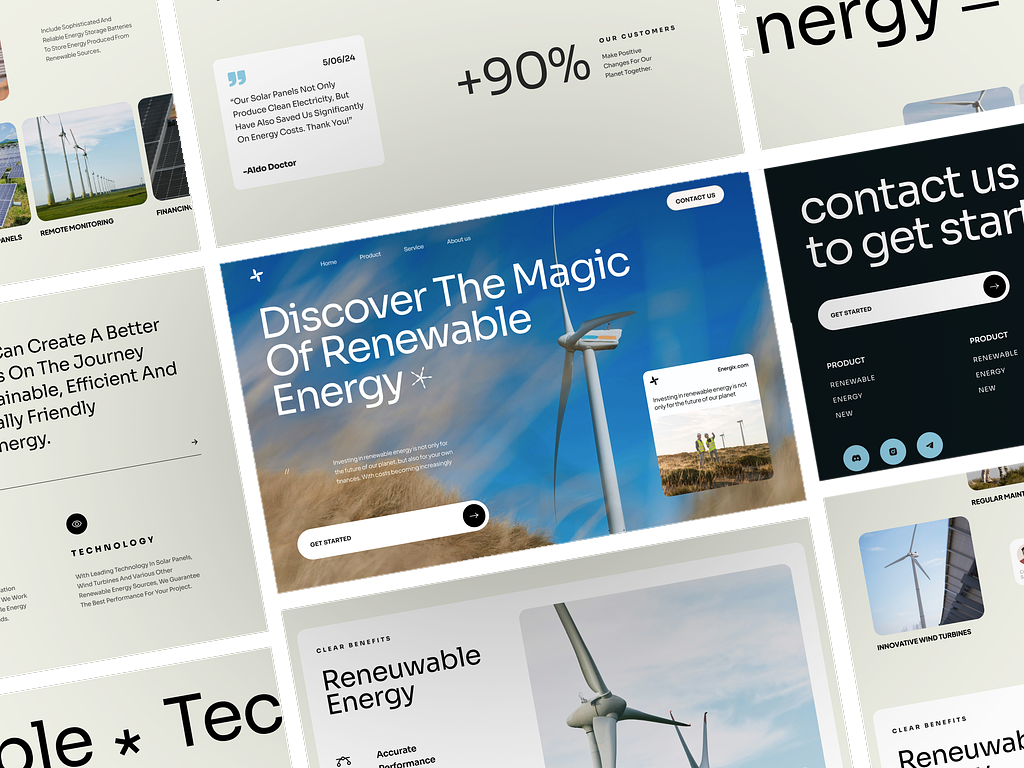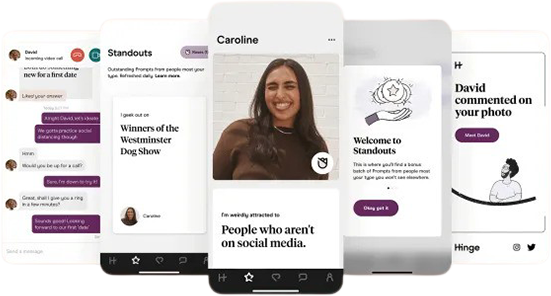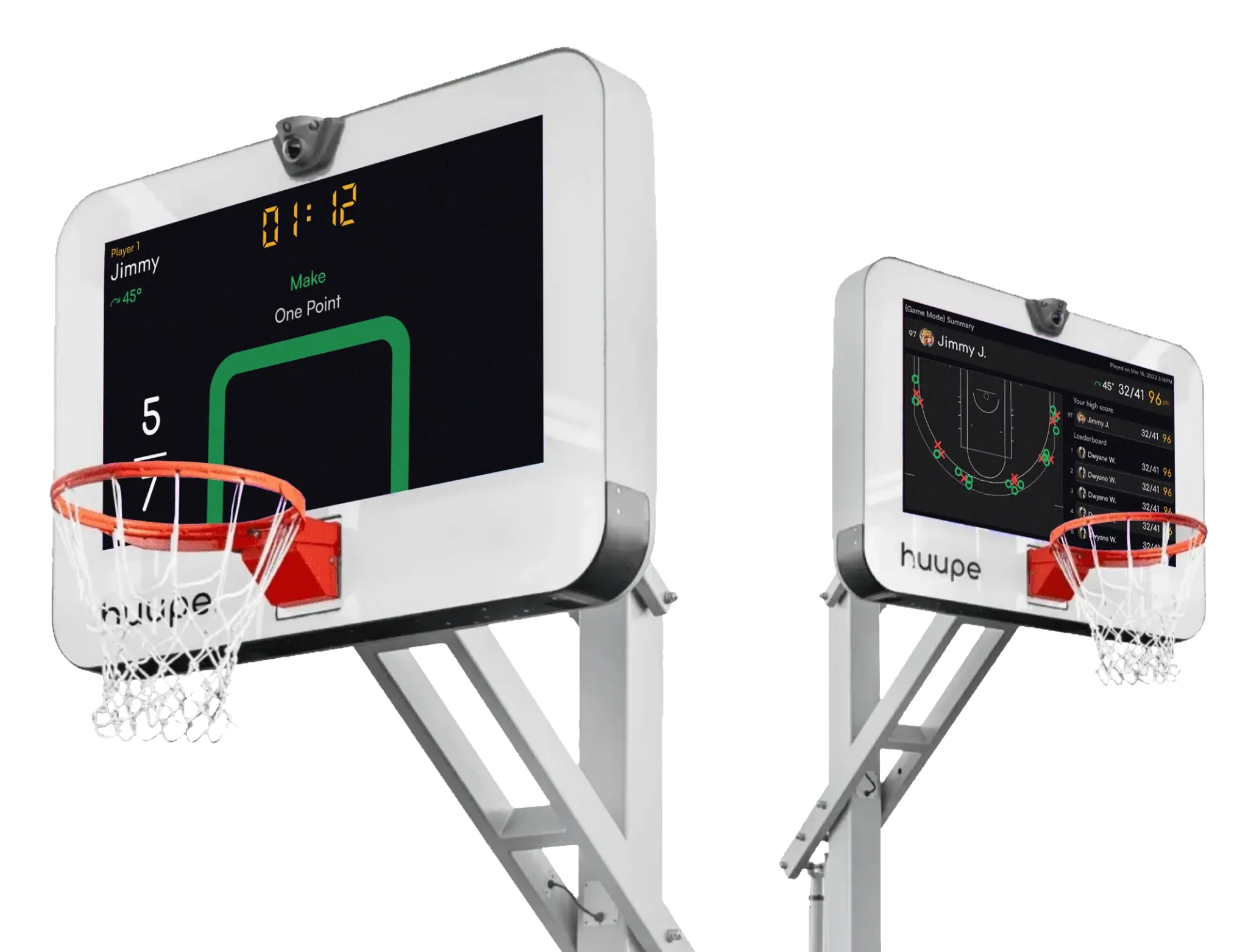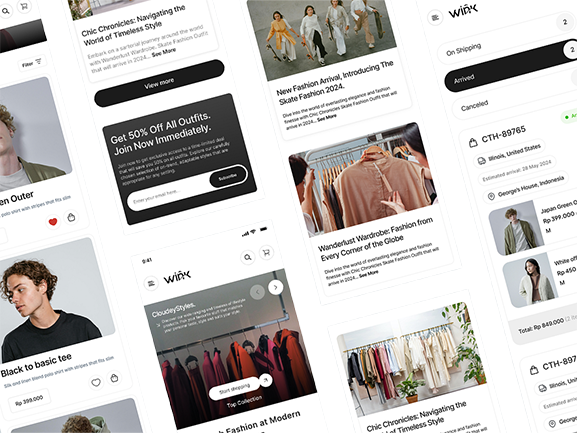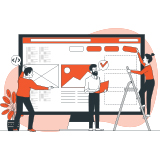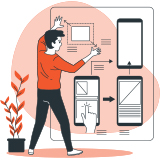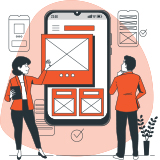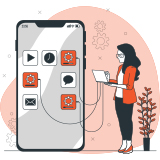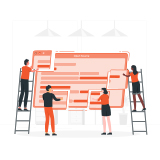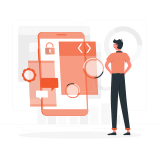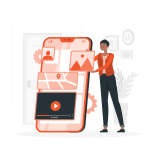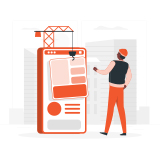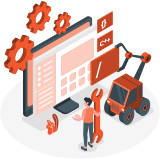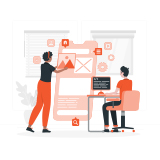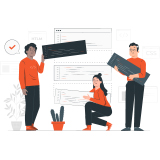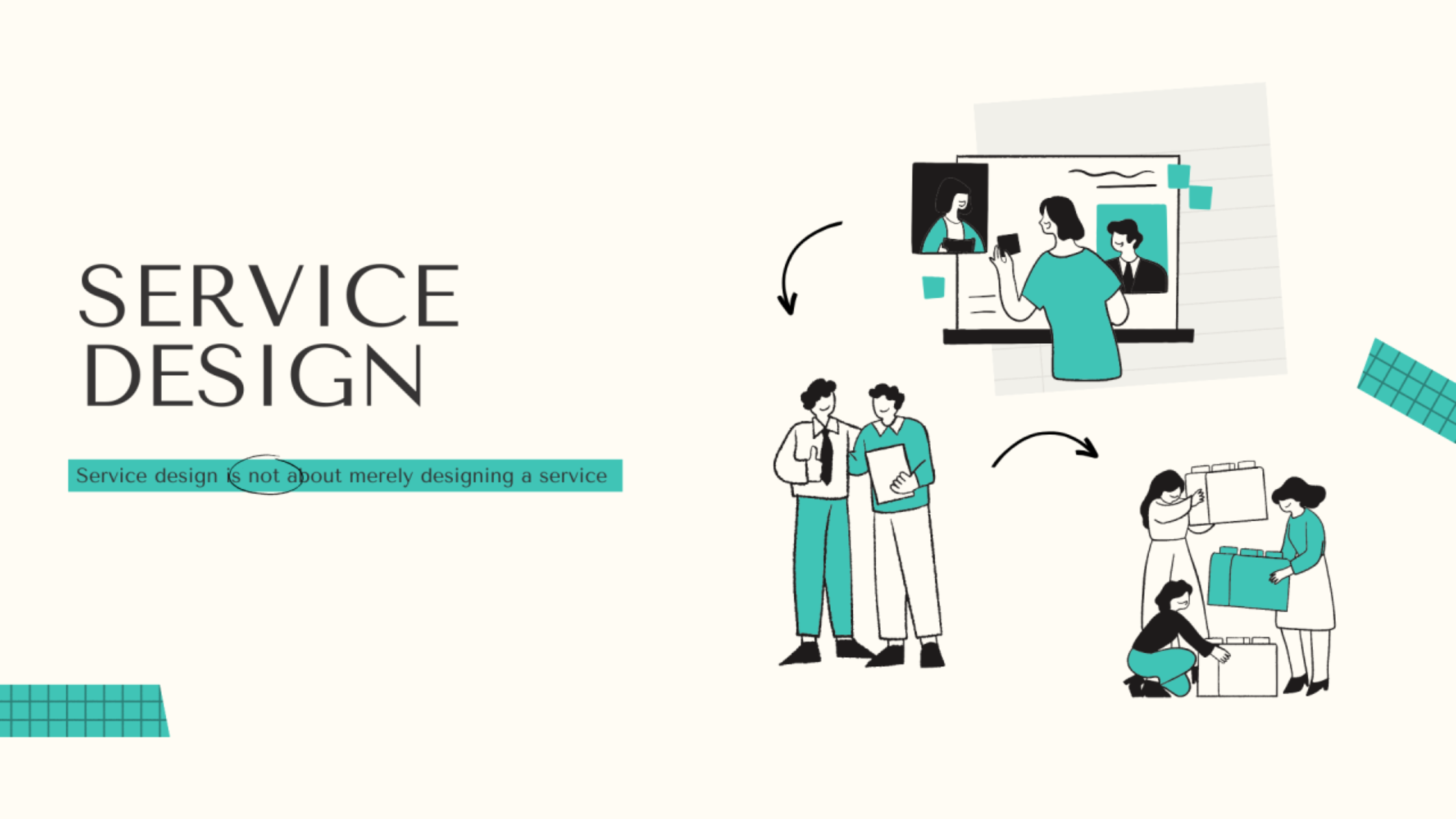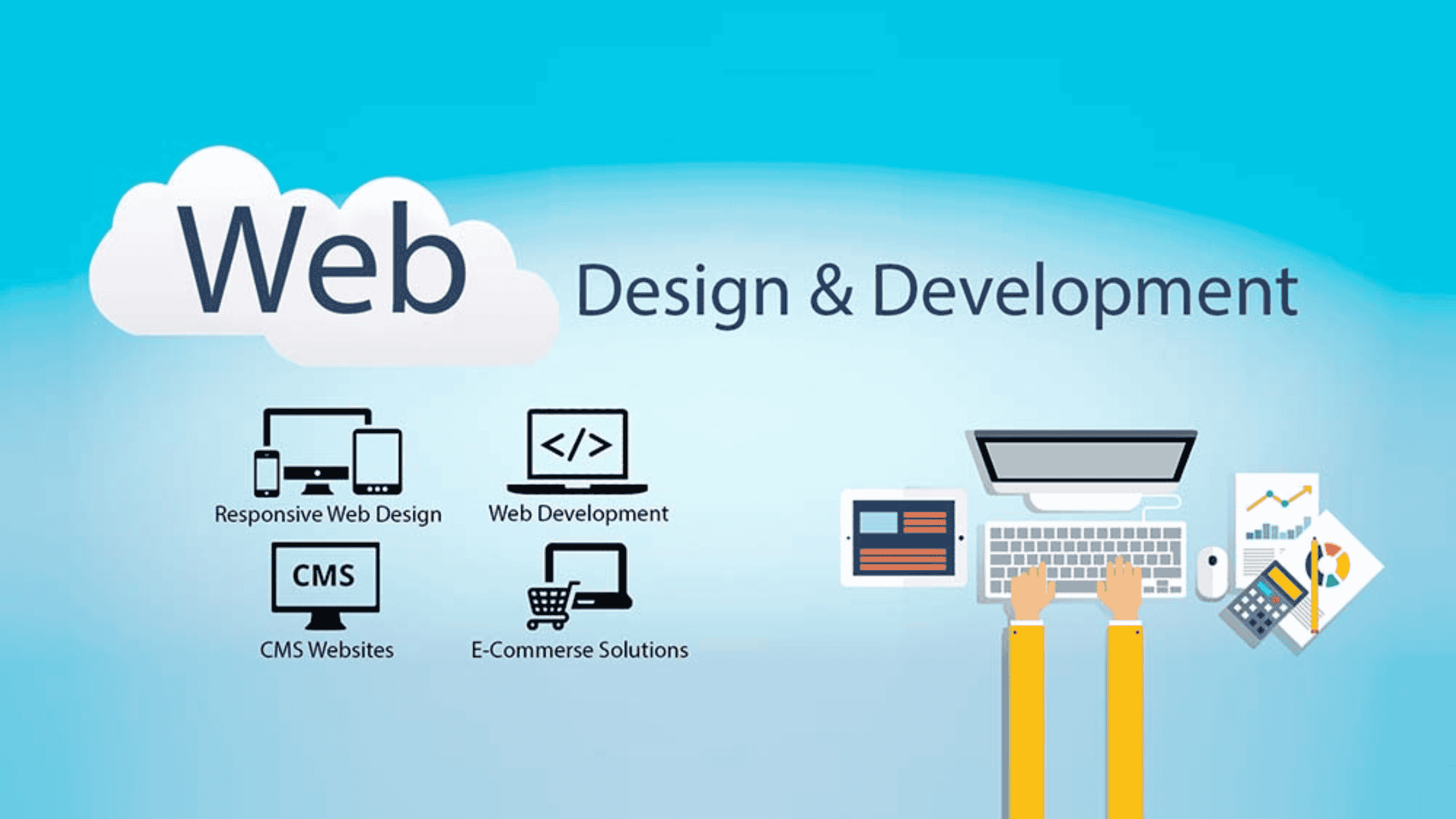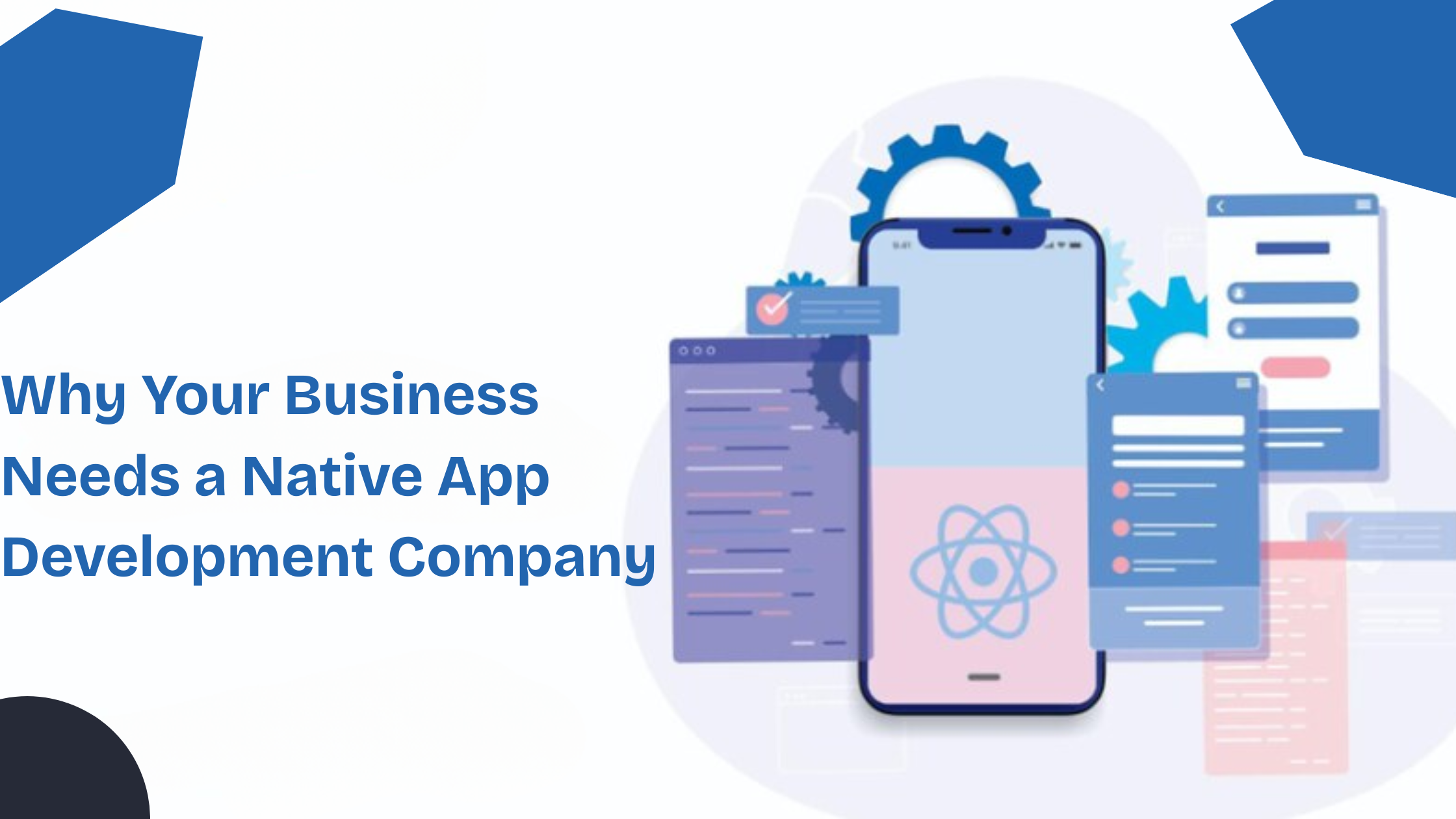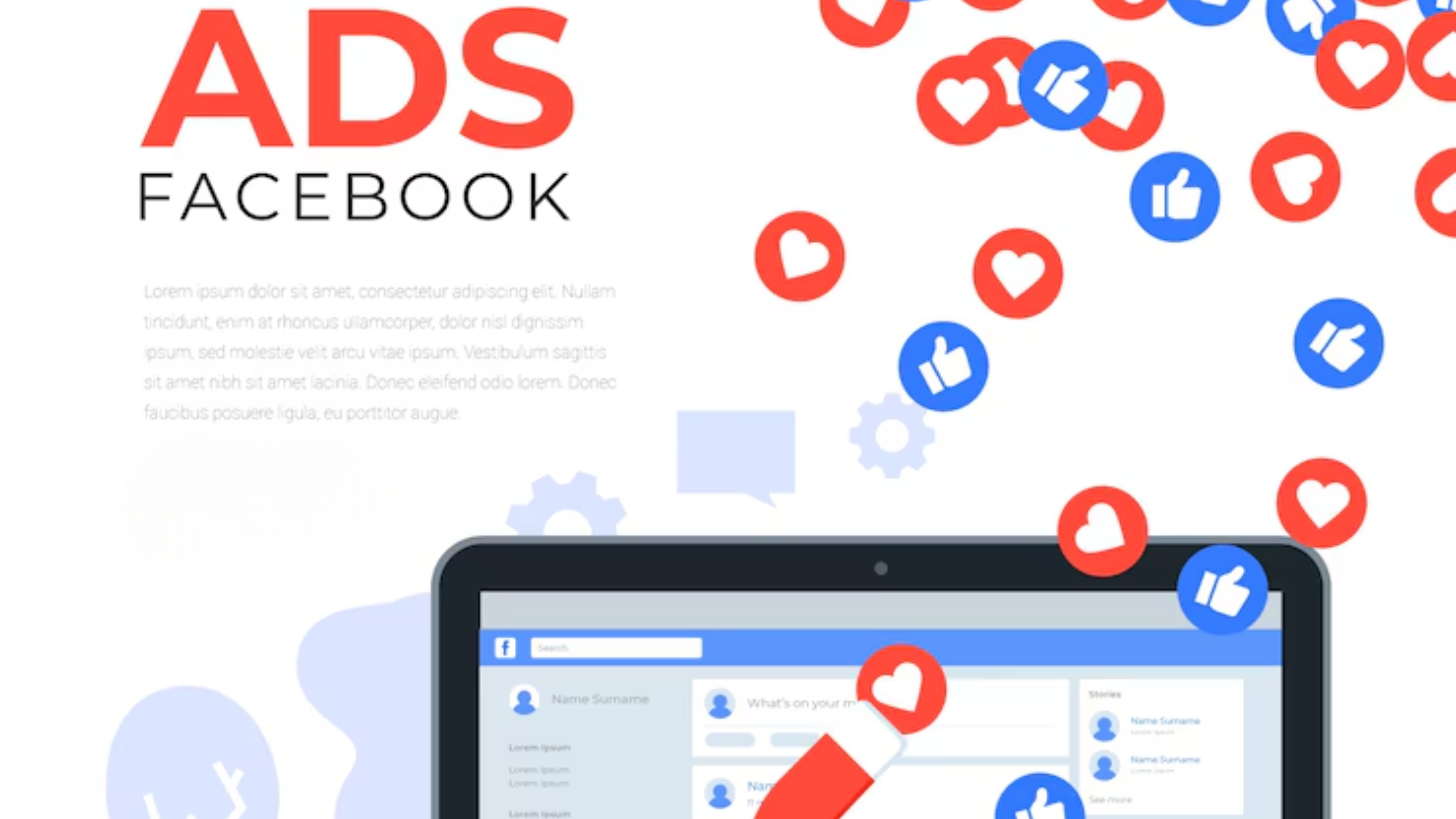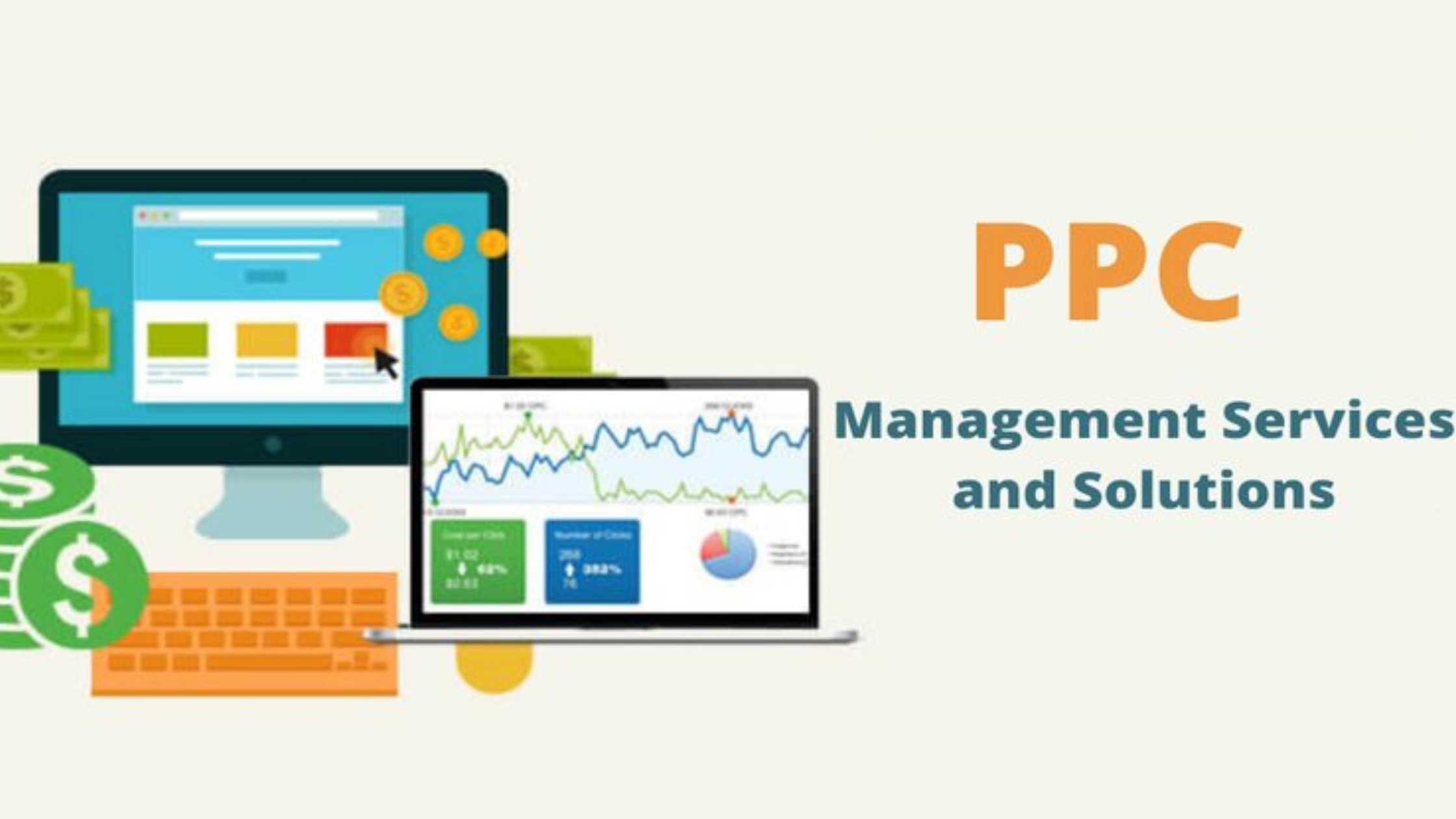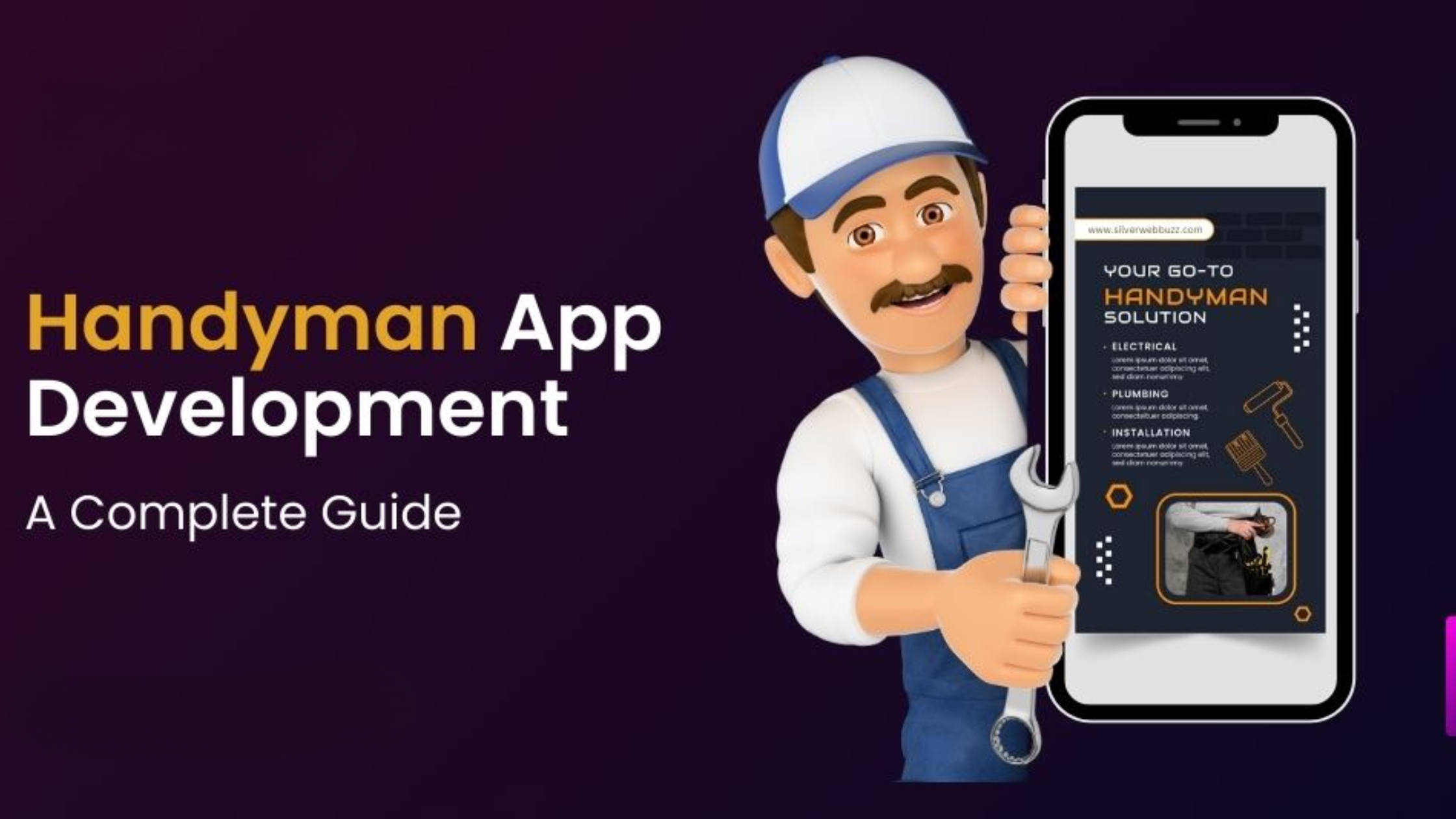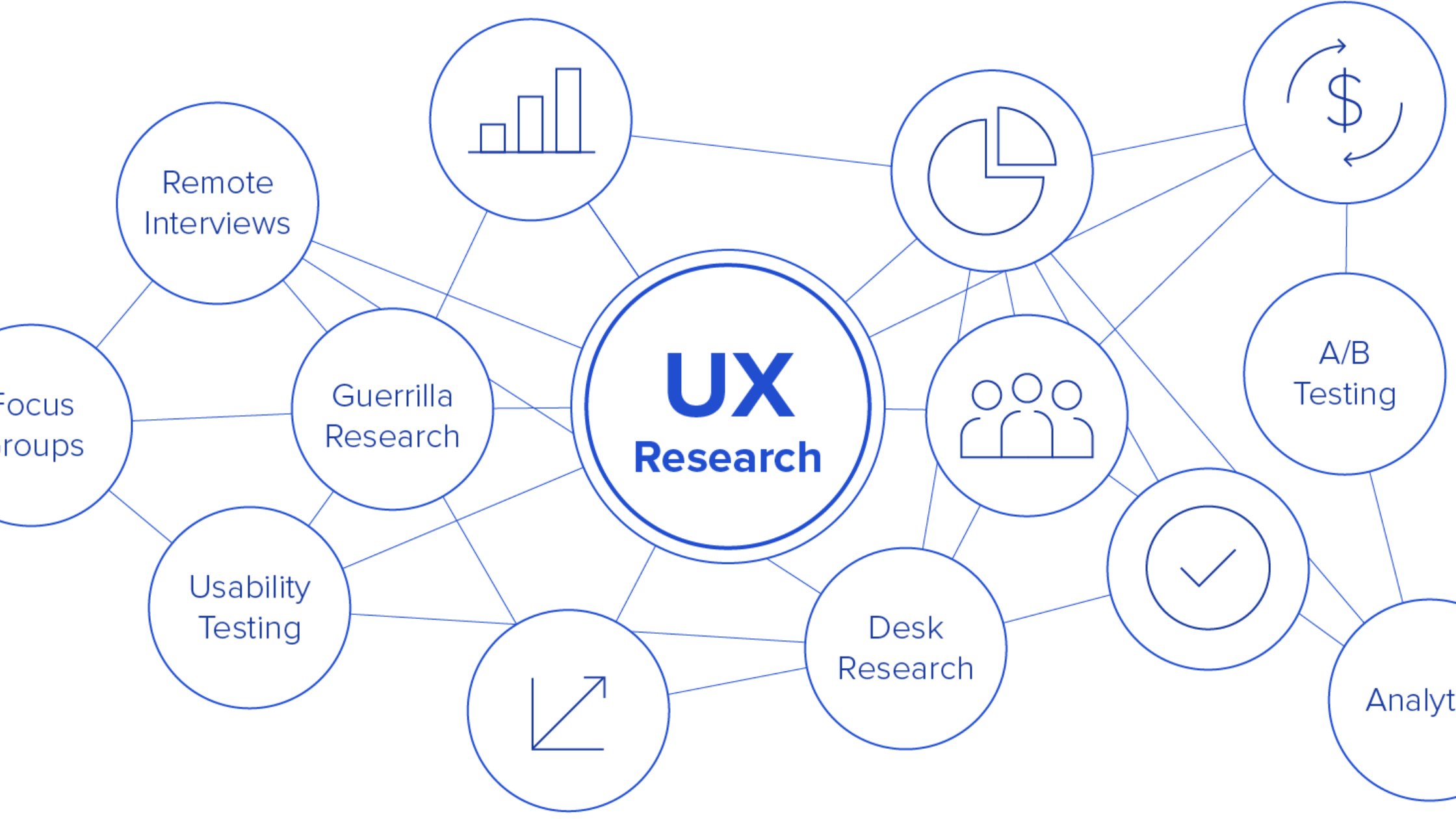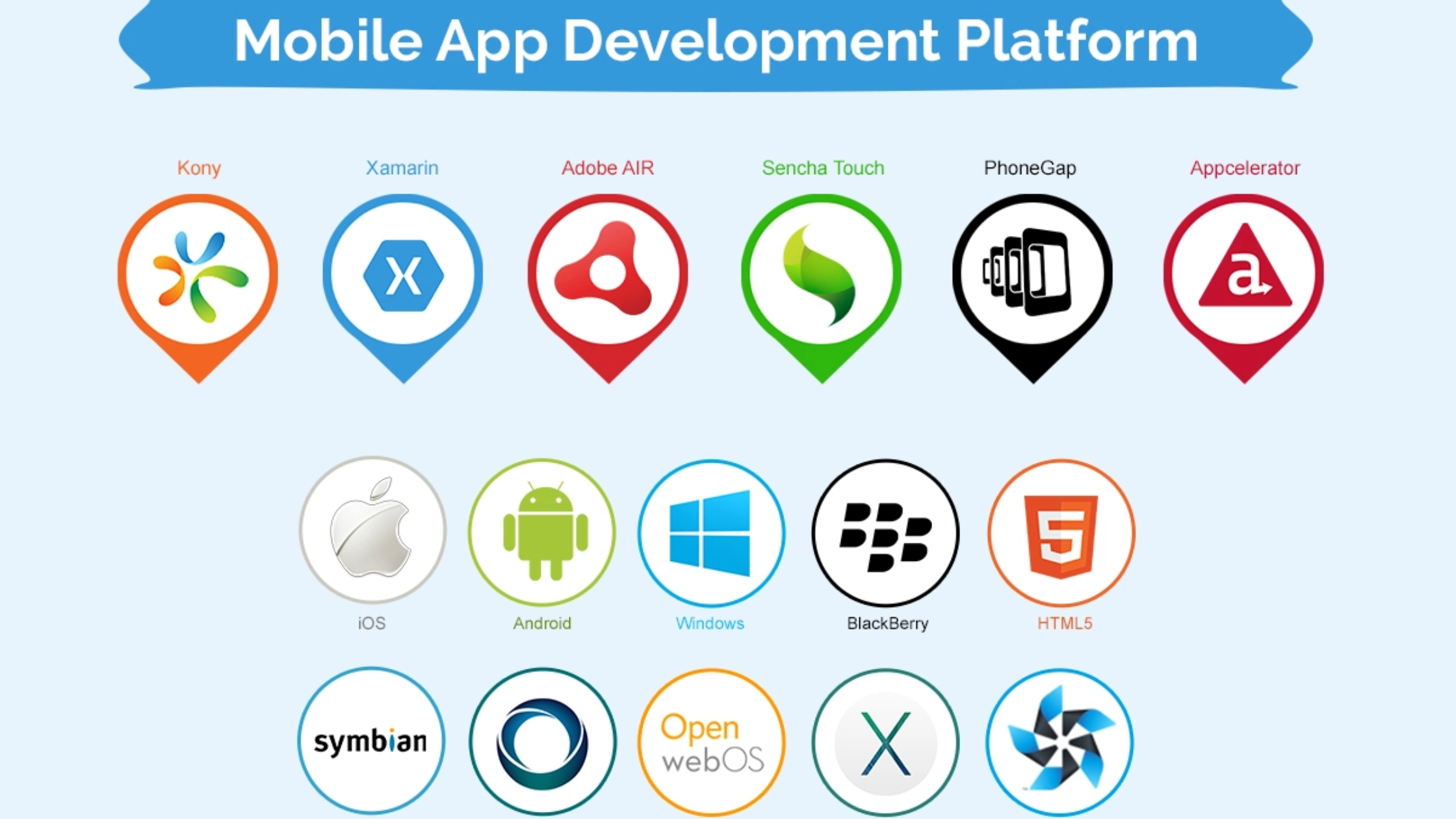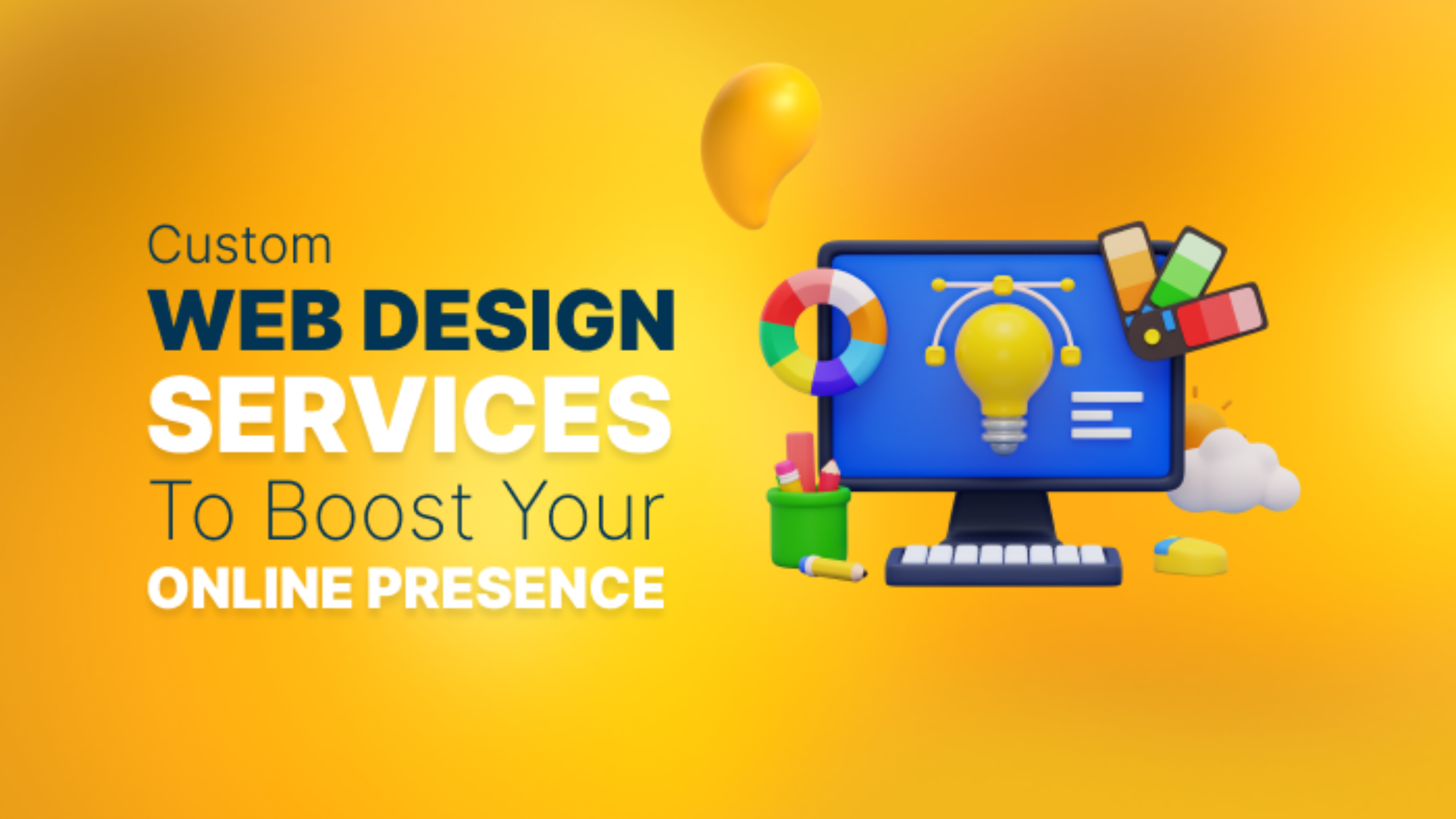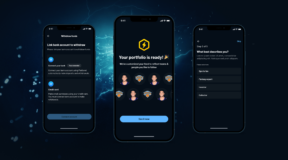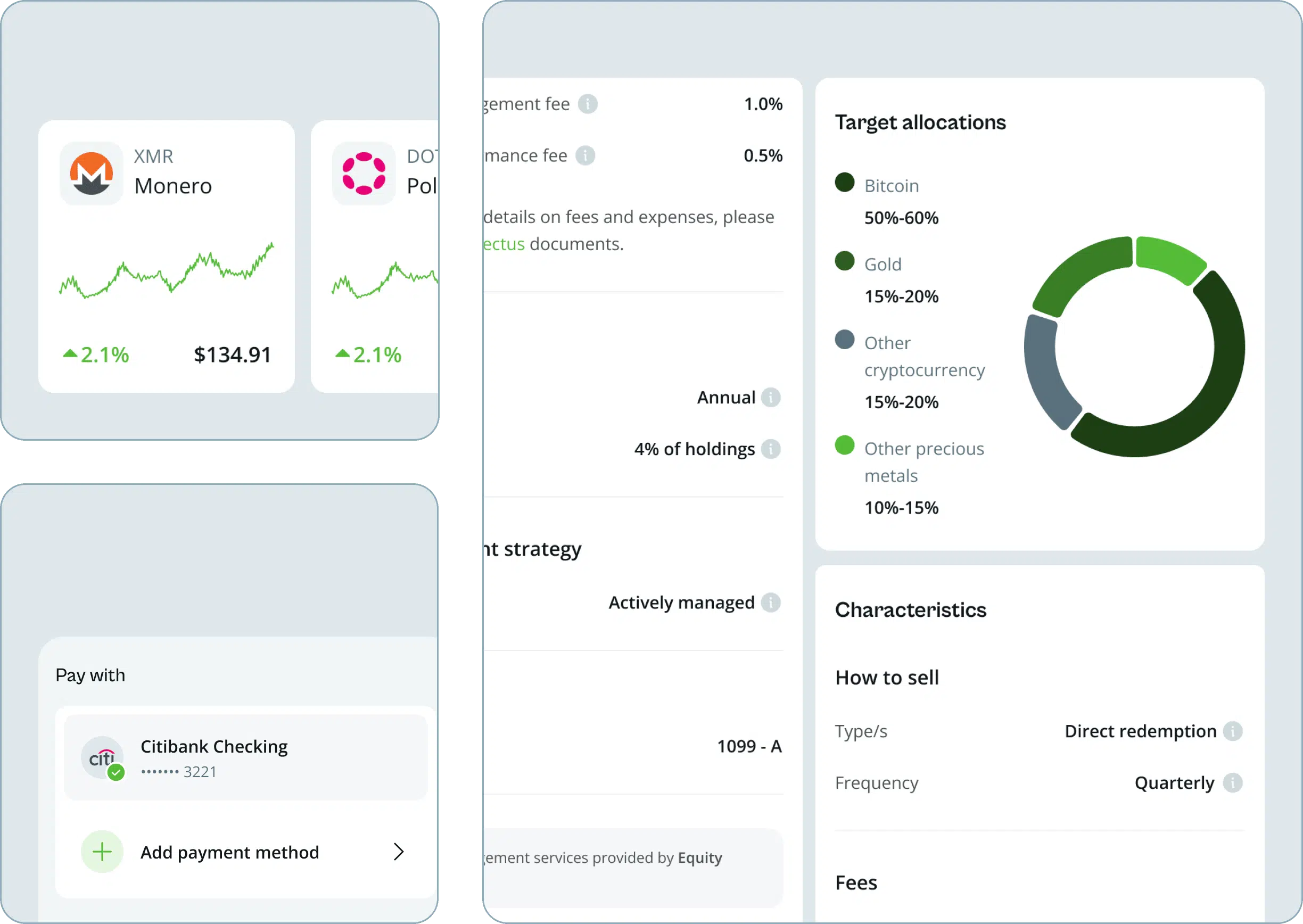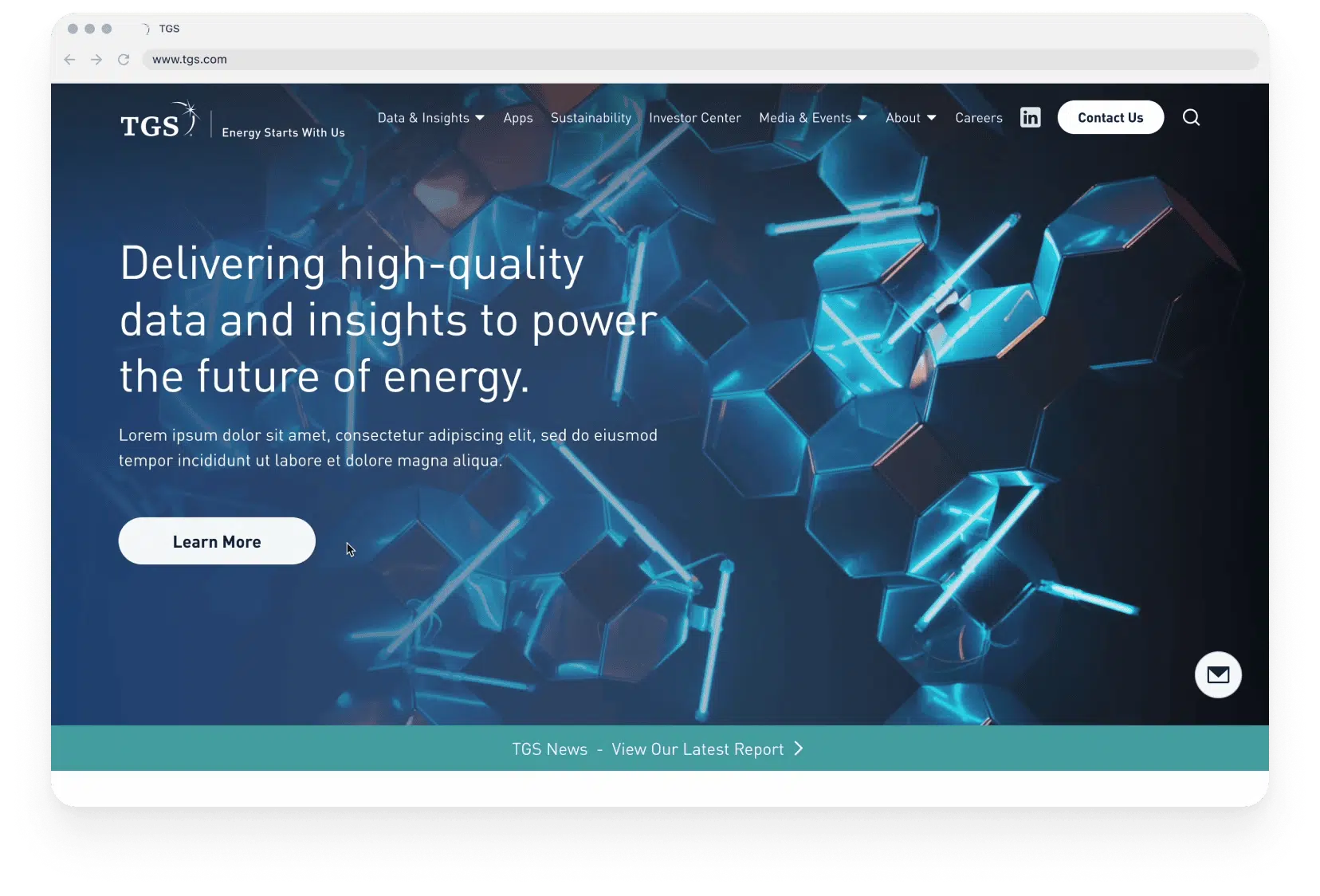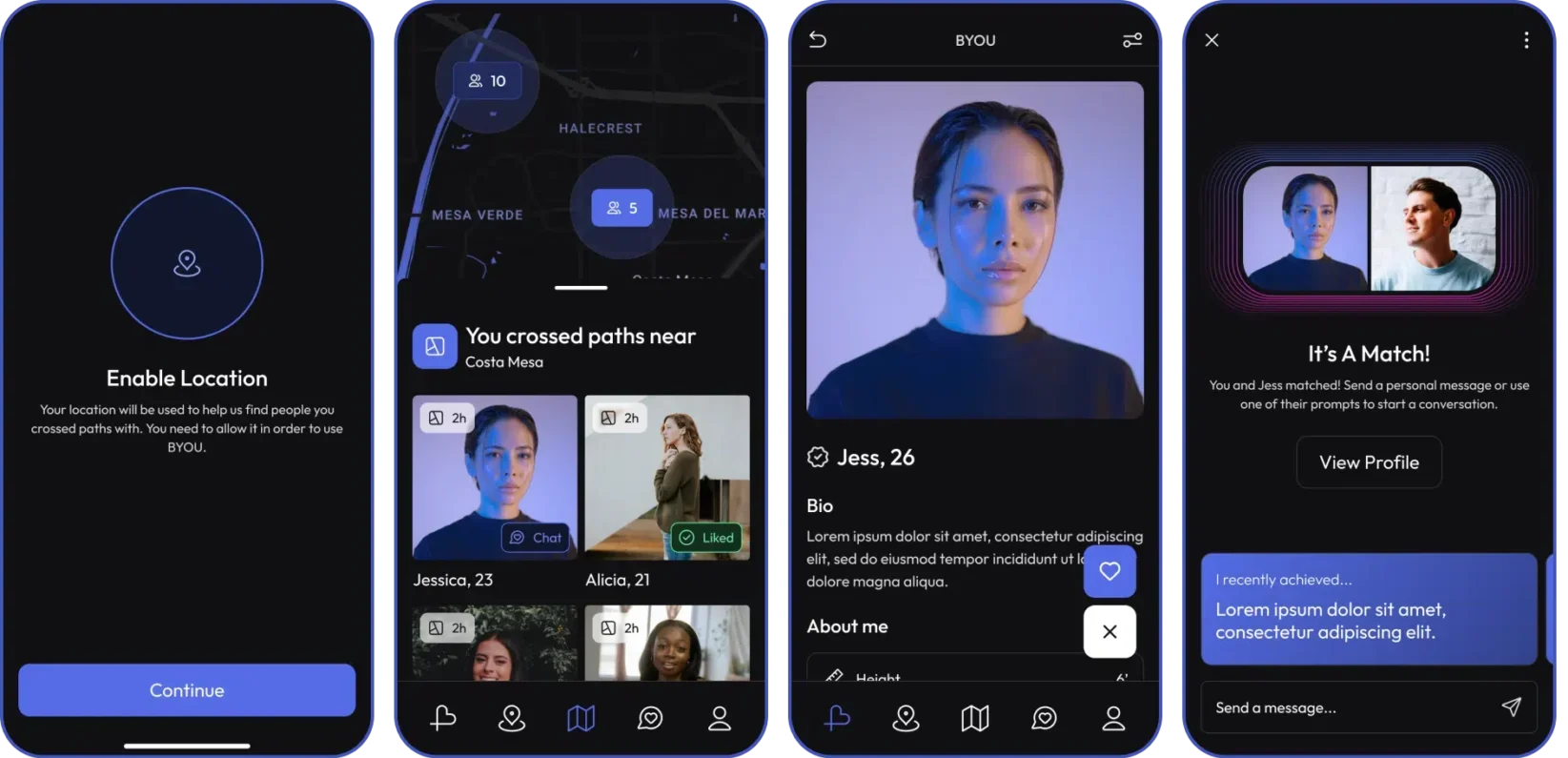In today’s digital age, having an app for your business is no longer just an option it’s a necessity. Whether you’re a startup or an established company, a well-built app can boost customer engagement, streamline operations, and open new revenue streams. However, the apps development process can seem overwhelming. How do you take an idea and turn it into a fully functioning app ready for launch? This step-by-step guide will walk you through the apps development process from ideation to launch, answering some of the most common client queries along the way.
1. Ideation: Defining Your App’s Purpose
The first step in the apps development journey is the ideation phase. This is where you clearly define the purpose of your app, its target audience, and the problem it solves. Before diving into development, ask yourself:
- Who is the target user?
- What problem does my app solve?
- What are the key features and functionalities?
Start by conducting market research to see if there are existing apps offering similar features. This will help you identify gaps in the market and ways to differentiate your app. It’s also the right time to outline the goals and objectives of the app are you looking to improve user engagement, boost sales, or offer a new service? The more specific you are in this phase, the smoother the development process will be.
2. Research and Strategy: Crafting a Roadmap
Once you have a solid idea, the next step is to develop a strategic plan. This includes:
- Deciding on the platform (iOS, Android, or both)
- Choosing between native vs. hybrid development
- Creating a minimum viable product (MVP) that focuses on the core features
Understanding your user persona is key in this stage. You’ll also need to create a project roadmap, which outlines the timeline, development phases, and milestones. Additionally, determine the resources required, such as budget, personnel, and tech stack. Make sure you also identify potential challenges or bottlenecks early on. This phase often includes building wireframes and user flows to visualize how users will interact with the app.
3. UI/UX Design: Creating an Engaging Experience
Design plays a pivotal role in your app’s success. This phase is where the user interface (UI) and user experience (UX) are crafted to ensure a seamless, intuitive experience for your users. A poorly designed app can deter users, even if the functionality is flawless.
In this phase:
- Wireframes: These are simple, low-fidelity layouts that outline the basic structure of your app.
- Prototypes: Once the wireframes are approved, a clickable prototype can be created to simulate the user experience.
- Visual Design: The prototype is then transformed into a fully designed interface, complete with branding elements, colors, and typography.
At this stage, it’s crucial to prioritize usability and accessibility. You want to ensure that users can easily navigate the app and find value in its features.
4. Development: Bringing Your App to Life
This is where your app goes from a concept to a functional product. The development phase is broken into two main parts:
- Front-End Development: This is the part of the app that users interact with. It involves coding the interface based on the design.
- Back-End Development: The back end involves building the server, database, and APIs that make the app run. This part of development ensures that your app functions correctly and efficiently behind the scenes.
Throughout the development phase, testing is an ongoing process. Developers conduct unit testing to ensure each feature works as intended. The app is developed iteratively, meaning you’ll see different versions or builds as new features are added and tested.
5. Testing: Ensuring Quality and Performance
Testing is an essential part of the apps development process. It ensures that your app is free from bugs, secure, and performs well under various conditions. This phase includes:
- Functional Testing: Verifying that the app’s features work as expected.
- Usability Testing: Checking the app’s user experience to ensure it’s intuitive and easy to navigate.
- Performance Testing: Ensuring the app works smoothly even with high user loads and under different conditions.
Testers also check for cross-device compatibility to make sure your app performs consistently across various devices and screen sizes. Finally, any bugs identified are fixed, and the app goes through multiple rounds of testing to guarantee stability.
6. Pre-Launch: Final Preparations
Before the official launch, you need to prepare the app for submission to app stores. This includes:
- App Store Optimization (ASO): This ensures your app is discoverable on platforms like the Apple App Store and Google Play.
- Beta Testing: Involving real users in a beta test can help identify last-minute issues and gather feedback.
- Marketing & Promotion: Build hype for your app’s launch with targeted marketing campaigns.
App submission requires adhering to the platform’s guidelines. Any failure to comply can result in delays, so it’s crucial to ensure everything is in order.
7. Launch: Your App Goes Live!
Once the app has passed all tests and complies with app store requirements, it’s time to launch. After submission, the review process typically takes a few days. Once approved, your app will be live and available for download.
But the process doesn’t end here. After launch, it’s crucial to monitor the app’s performance, user feedback, and engagement metrics. This will help you quickly identify any post-launch issues and address them through updates.
8. Post-Launch Support and Maintenance
Even after the app is live, the work continues. Post-launch maintenance ensures your app remains up-to-date, secure, and bug-free. You might also want to roll out new features or optimizations based on user feedback.
Regular updates not only fix any issues that arise but also keep your app relevant and competitive. Ongoing maintenance also involves performance monitoring and scalability to ensure the app can handle increased traffic as your user base grows.
Conclusion: From Idea to Launch and Beyond
The journey from idea to app launch is a complex but rewarding process. By following these steps, you ensure that your app is built with a user-centered approach, well-tested for quality, and supported with ongoing updates. Whether you’re developing a new app or enhancing an existing one, understanding the entire apps development process can help you make informed decisions and set clear expectations.
With the right partner, bringing your app idea to life can be a smooth and successful experience, from ideation to launch and beyond.
I hope you like apps development. If you like apps development then share it with others 🙂


